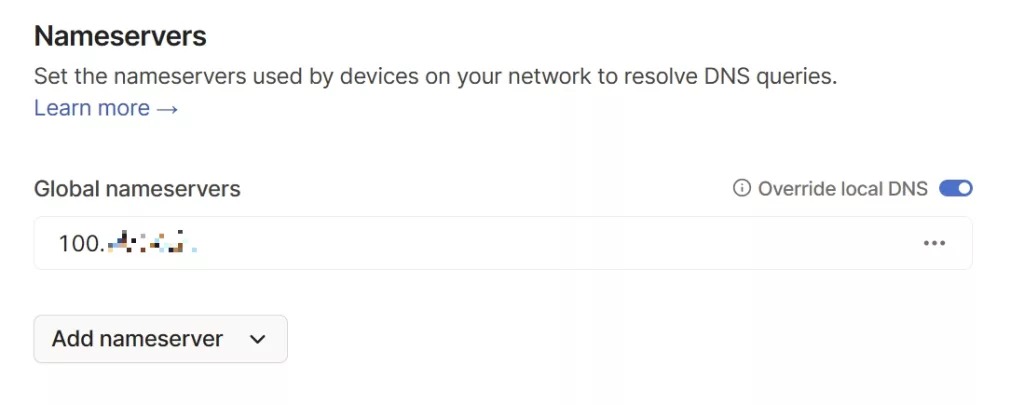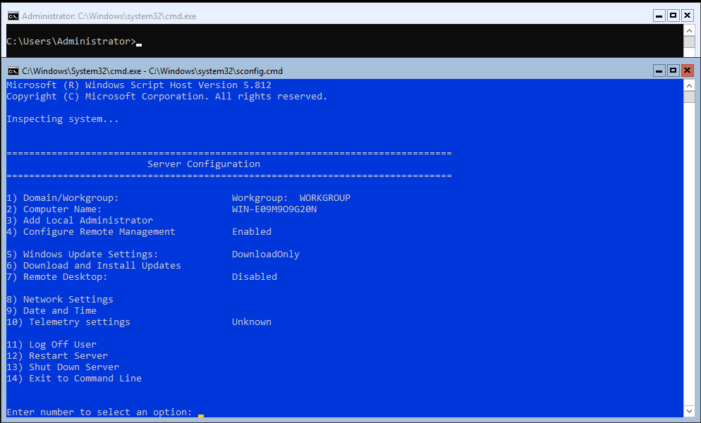For many years, I’ve been looking for the best solution to virtualise my setup. It’s not overly-complicated but I wanted to have certain hosts to do certain tasks and if they get messy, they get trashed.
In November 2011, I built up a server for home. It seems marvellous at the time – lots of disk, 16Gb RAM and a versatile Intel Core i5 2500K at the heart of it…..upon which I installed Windows Server 2008R2. 2008R2 became 2012 some years later and I thought this was ideal…….except I had a virtualisation bug still lurking in me. Of course, I also had a lazy bug in me – it was working, doing what I needed and I was not sure if vmWare ESXi would work on it. I actually still am not sure…!!
The machine was primarily a video conversion box and media server (running Mezzmo). It ran and ran and ran so I left it.
Fast forward to the machine approaching 11 years of age. The OS drive was long-since replaced for an SSD because regular HDDs simply feel slow nowadays. The itch was there again, especially as I felt I no longer wanted Server 2012 on the box. So…..Windows 10 Pro replaced it (it has BIOS not UEFI so no Windows 11 unless I bent the rules….). And, suddenly, the darn thing became unstable with too many BSODs for my liking.
This was fixed with an MSI AMIBios update from 2.3 to 6.1 on the motherboard. It seems it fixed that problem.
So back my mind came to virtualisation. Off I went to my long-time favourite, Oracle’s VirtualBox. Command line heros can get their VMs up and running headless – which is good; the VM configuration would be with Tailscale so Remote Desktop would work from my devices to the VMs no matter where I might be. But it felt S-L-O-W now.
Plan B was vmware Player. Free for non-commercial use fit the price ask I had. Again, I felt the performance to be a little laggy – I suspected 16Gb of RAM was not enough for the host OS plus two VMs……
Plan C was purely accidental. As I had Windows 10 Pro installed, I added the Hyper-V feature which I thought was mostly to support virtualisation. But then I noticed this program on my box…..”Hyper-V Manager”. Click. Wow!
I really did not know this was a useful feature! Suddenly, I was installing my VMs on Hyper-V. The Manager software showed me that the memory usage of the VMs was much lower than I expected and had seen with the other virtualisation products – plus it’s absolutely simple to have the VMs start automatically, headless, when the host OS boots. Just what the doctor ordered!
So my secondary working machine and my Cloud management machines are virtualised to my liking. Score a big win for the tooling in Windows Professional edition!!


